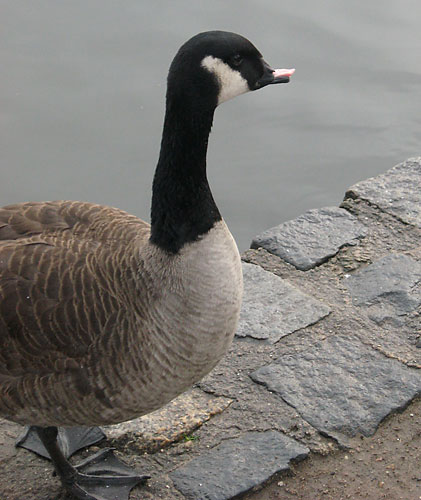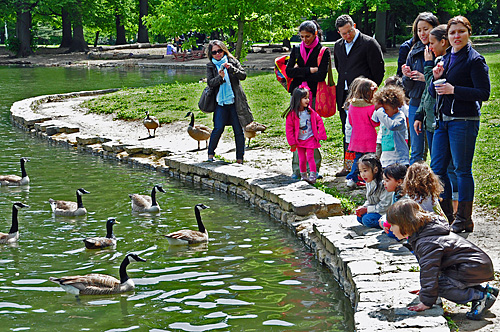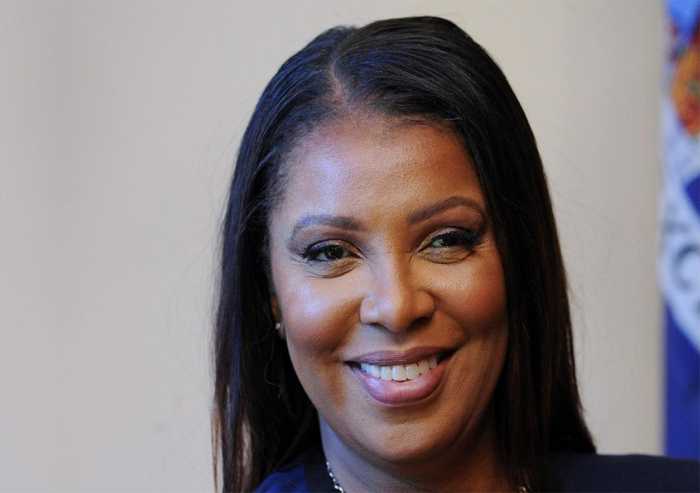Prospect Park was in mourning on Tuesday, as Brooklynites wrestled with the horrifying news that around 250 geese had been sent to the gas chamber to protect airplanes flying thousands of feet overhead.
As parkgoers strolled by the lake completely devoid of geese, they struggled to reconcile their love for wildlife with the need for air safety.
“It’s appalling how it was done — gassing the geese,” said Brian Wood, who was snapping photos of ducks by the boat house. “I guess I never thought about how they would go about it.”
Others believed that there had to be an alternative solution that would have avoided so much bloodshed.
“It’s tragic,” said Ella Oblas. “I’m sure there are animal rights groups that could have found another place to put the geese.”
But the prolific poopers are now in the bottom of an unmarked, feathery mass grave in an undisclosed location, thanks to the startling culling that went down last Thursday morning.

Agents from the U.S. Department of Agriculture were able to easily herd the birds into a pen because they are molting and cannot fly. The geese were then boxed up and thrown a gas chamber filled with carbon dioxide.
Carol Bannerman, a spokeswoman for Wildlife Services, the agency that carried out the grim work, said the birds die within five minutes.
The killings were part of a citywide plan to exterminate the birds within seven miles of airports — a policy provoked by the so-called Miracle in the Hudson, in which an airplane was forced to make an emergency landing in the Hudson River after flying through a flock of migrating geese near LaGuardia Airport.
But Glenn Phillips, the executive director of New York City Audubon — and one of the founders of the Prospect Park Audubon Center — said that the drastic measure to eliminate the geese is actually ineffective.
The reality is that this is a wild goose chase,” said Phillips, ignoring the obvious pun. “The goose population is so robust in the northeastern US that we will be right back where we were in Prospect Park [before the culling] in four or five years.”
Phillips added that “lethal control” of the geese population should only be used as a last resort, and that it hasn’t been proven that killing geese improves air safety.

“You have to deal with the habitat issues,” Phillips said. “People have this — geese like lawns near water and people do too.”
But the shores of Prospect Park lake are not going to be the same for a long time — and for at least one park-goer, neither will air travel.
“It’s depressing, but people should be aware of the consequences of flying,” he said. “It’s like knowing where your chicken comes from — it might come from some horrible factory.”
He added, “I’m sure the next time I fly out of JFK, I’ll be thinking about it.”
For one pre-school teacher, Lynnette Arthur, the news of the massacre was especially difficult because she had created an entire curriculum at based on the waterfowl of Prospect Park — even going so far as to take the four- and five-year-olds on field trips from the New Beginning Nursery in Manhattan to the park, where the “Pond Patrol” of youngsters would hand out pamphlets encouraging people to not litter.
“I couldn’t bear to tell the kids — I think their little hearts would break,” said Arthur. “I’m sure there would be some tears.”






















